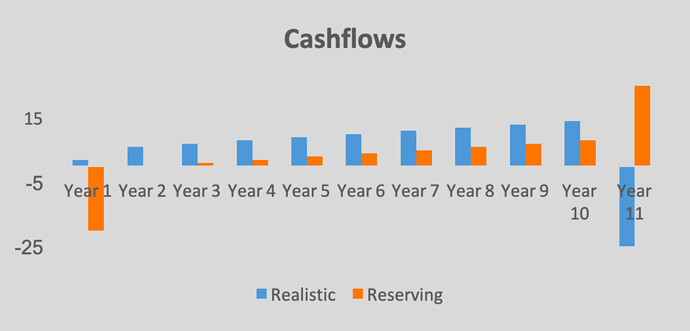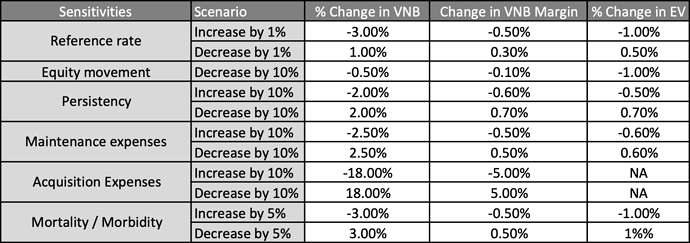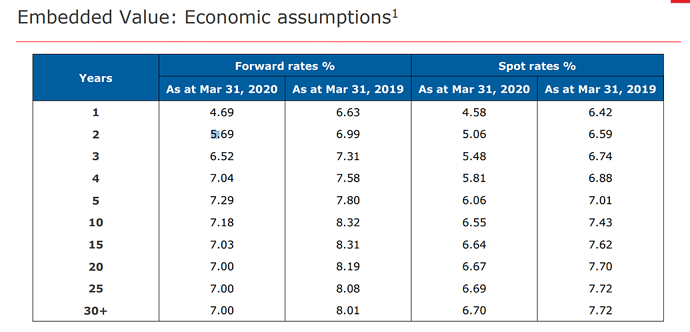Disclaimer: The posts in this thread reflect my personal view and do not reflect the views of my employer. The purpose of this thread is only to build collective understanding of life insurance business.
Charter for Scope of discussion on this thread:
I would request everyone to please adhere to the following.
- No comments on specifics for any life insurer. While I will not be able to stop anyone posting queries on any particular life insurer, please note that I cannot respond to any such post.
- No pasting of data of any life insurer. I cannot respond to any such post.
- No comments on management/strategy/ financials/etc. of any specific life insurer. In case anyone does that, I cannot respond to any such post.
- No guidance on valuations for any life insurer. I cannot respond to any such post.
- No forward looking statements on any life insurer. I cannot respond to any such post.
I would reiterate that the sole purpose of this thread is to build understanding on the key concepts of life insurance and the industry as a whole. Please note that this is not a thread to comment/post on any particular life insurer.
I would again urge everyone to please adhere to the above Charter for Scope of discussion on this thread.
Post 1: How does a life insurer make money?
We can view this from different lenses – products, experience or release of reserves.
- Product lens: There are four product categories and each one has a different source of profit.
• Unit linked: Insurer invests customers’ money in funds of their choice and fund returns belong to customers. Insurer earns fee income to manage the funds (similar to mutual funds) and mortality charges.
• Non-par savings: Insurer promises a guaranteed return to customers, collects premiums and invests. Insurer earns the yield difference between investment returns and policy guarantee (similar to FDs)
• Participating savings: Insurer invests on behalf of customers and shares the profits earned (similar to certain hedge funds)
• Protection: Insurer promises to pay on death of customer. Insurer earns the difference between the mortality charged to customer and actual death experience (similar to a markup on any other industry). - Experience lens: There are certain sources of profit for a life insurer and the profits emerge from experience being better than assumption. Key sources: investment income, mortality/ morbidity, persistency and expenses. Each source has a different sensitivity and significance based on the product category. More on this later.
- Reserves lens: Given that life insurance products typically require customers to pay now and receive benefits later, insurers need to create reserves to ensure they have adequate money to pay these benefits later. Reserves are based on more prudent assumptions than expectations. Over time, as experience unfolds and if it is in line with expectation, the prudence in reserves is released as profits for the insurer.
Plan to follow up with additional posts covering various aspects of the business.



